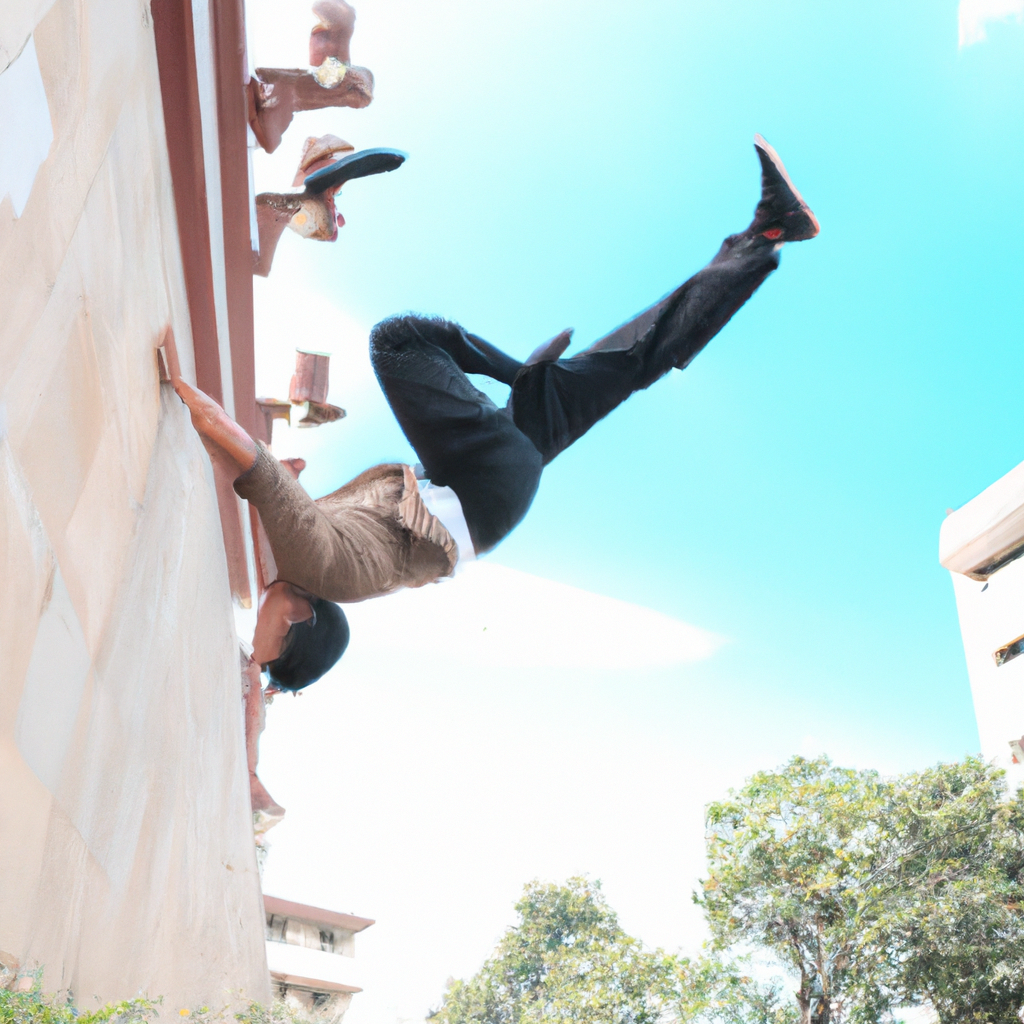The discipline of parkour requires that the practitioner navigate obstacles with speed and efficiency. It’s a sport that has gained popularity, particularly among young people who like to push themselves and test their limits. It can be dangerous and it’s important to learn the right techniques to avoid injury. As a teacher of parkour, you have a vital role in helping your students to master the art of movement.
What is Parkour?
Parkour is also known as “free running” and requires athletes to move from point A to point B using their own natural abilities. It involves jumping, crawling, running, and climbing to get from A to B as quickly as possible, overcoming any obstacles. Parkour is a form of self-expression and freedom. It’s also a great way to increase strength, endurance and mobility.
What does it take to be a good parkour teacher?
You need to be able teach parkour in a structured, safe way. You must be able break down complex movements in simple steps so that your students understand and can follow them. You must also have excellent communication skills as students will feel comfortable asking questions or requesting clarification on a specific move.
Patience and perseverance are also important traits of a good teacher. It’s important to encourage your students and provide feedback to help them progress. It can be difficult, especially with younger students. But it’s worth the effort.
What qualifications are required to be a Parkour teacher?
There is currently no recognized qualification for parkour instructors or standard training program. Many organizations offer courses that teach parkour’s fundamentals, as well as how to teach it safely and effectively.
Parkour can be dangerous and accidents do occur. Knowing how to react in an emergency can make the difference between a minor and serious injury.
How To Plan Your Parkour Lessons
It’s important to have a lesson plan as a parkour instructor. Your plan should be progressive and build on what your students learned in previous classes, while challenging them to improve. You should also tailor your lessons to the different learning styles your students have.
You can structure your lessons by dividing them into sections for warm-up, skill building, and conditioning. Warm-up exercises should include stretches and jumps to get the body ready for movements. The skill-building part should include specific parkour techniques or movements, while the conditioning part should include exercises that build strength and endurance.
Safety Guidelines for Teaching Parkour
If not done correctly, parkour can be dangerous. Safety should always be a priority for any parkour teacher. Here are some safety tips to keep in mind while teaching parkour.
1. Always Warm Up
All students should take part in a thorough warm-up to avoid injury. Warming up includes exercises that get your blood flowing and loosen up your muscles.
2. Teach Proper Landings
It’s important to teach your students the correct way to land to avoid injury. Your students should always land with a soft touch, and their weight should be evenly distributed on both feet.
3. Use the Right Equipment
You can practice parkour anywhere, but you must use the correct equipment to avoid accidents. Be sure to use equipment that is in good condition and has no sharp edges.
4. Always Spot your Students
When a teacher spots, they stand close to their student and are ready to help them if they fall. When your students are new to parkour, or learning a brand new technique, it’s crucial to spot them.
The Importance of Community in Parkour
The community that surrounds parkour is one of its greatest assets. There are many parkour groups and communities around the world. It’s a great place to meet people who share your passion. As a parkour instructor, you should encourage your students to join the community. It can provide them with a wealth of resources as well as supportive relationships.
The community is also a great place to share knowledge and learn new techniques. As a parkour instructor, you should be constantly looking for new ways to expand your knowledge. The community is a great place to do this.
Benefits of Parkour Practice
Parkour has many benefits for both the physical and mental. Here are some of parkour’s most significant benefits:
1. Strength and Endurance Increased
Regular practice of parkour can improve your physical strength and endurance.
2. Coordination and Balance Improved
Jumping, climbing and balancing are all part of the parkour, which can help improve your coordination and balance.
3. Confidence and self-esteem are enhanced
It can be difficult to practice parkour, but overcoming obstacles will give you a great sense of accomplishment and boost your self-esteem.
4. Reconnecting You With Your Body and Mind
Parkour is a form of meditation that helps you connect with your body, mind and reduces stress and anxiety.
5. It Inspires Creativity And A Feeling Of Freedom
Parkour is about freedom and creativity. It allows you to express yourself in a unique way and explore your physical abilities.
Conclusion
Teaching parkour is a rewarding experience. As a parkour instructor, you have a crucial role to play in ensuring your students learn the required skills and techniques efficiently and safely. You must be patient, encouraging, and knowledgeable. Safety should always come first. You’re ensuring that the parkour scene continues to grow, thrive and provide a supportive and inspirational space for those who love the sport.

Leave a Reply